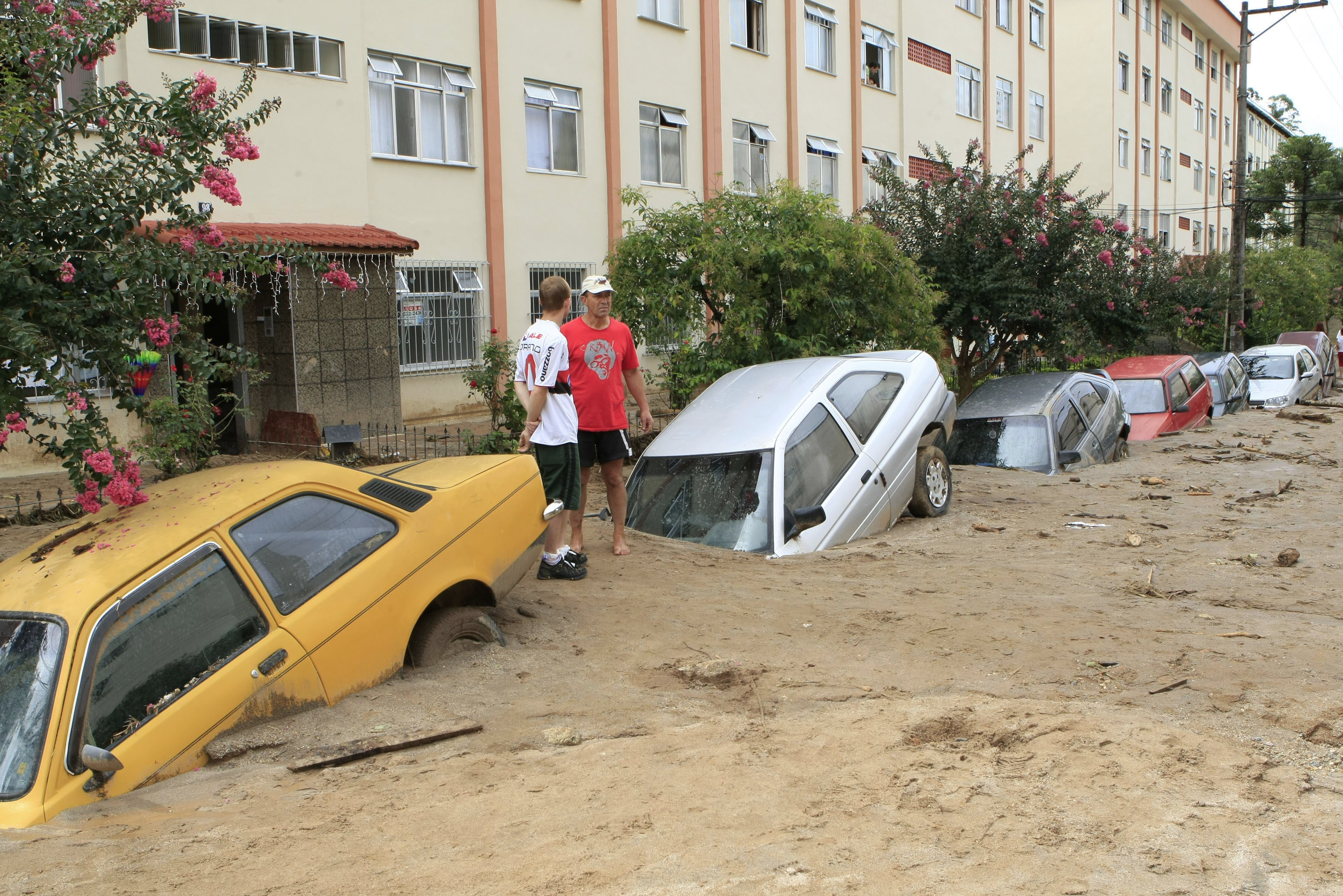Landslide, in geology, is a mass of earth or rocks that slides down a slope. Two conditions are necessary for a landslide: a steep slope and a weakness in the solid rock beneath the surface of the slope. Earthquakes or heavy rains can trigger landslides. Erosion caused by rivers, waves, glaciers, or construction projects creates the steep slopes necessary for landslides.

Some landslides are large enough to create lakes by damming up rivers. In 1840, an earthquake in Kashmir triggered a landslide on the Indus River and created a lake about 1,000 feet (300 meters) deep and 40 miles (64 kilometers) long. Landslides can be destructive. In 1903, a major landslide in the Canadian coal-mining town of Frank, Alta., buried part of the town and killed 70 people. See Alberta (Places to visit).
